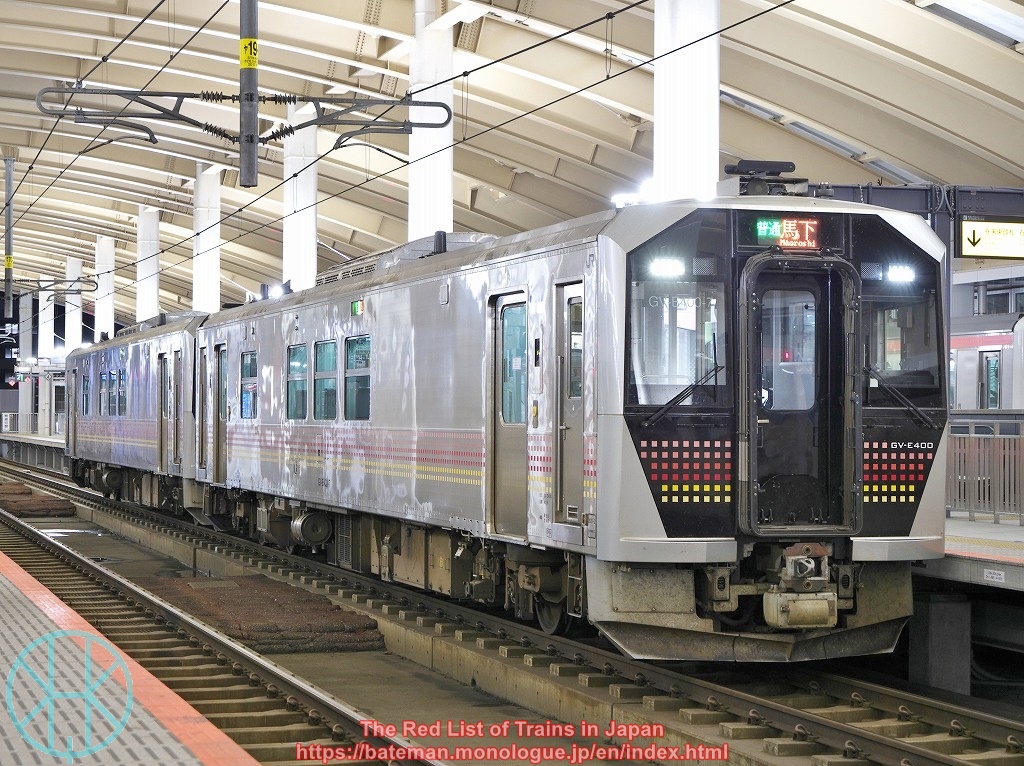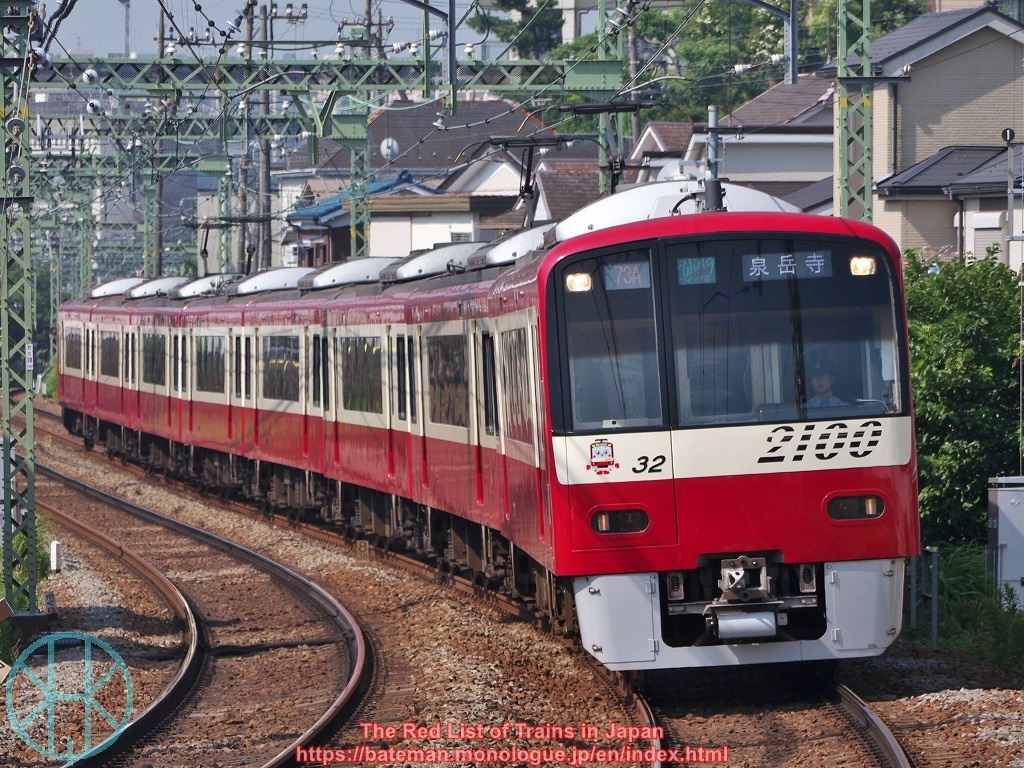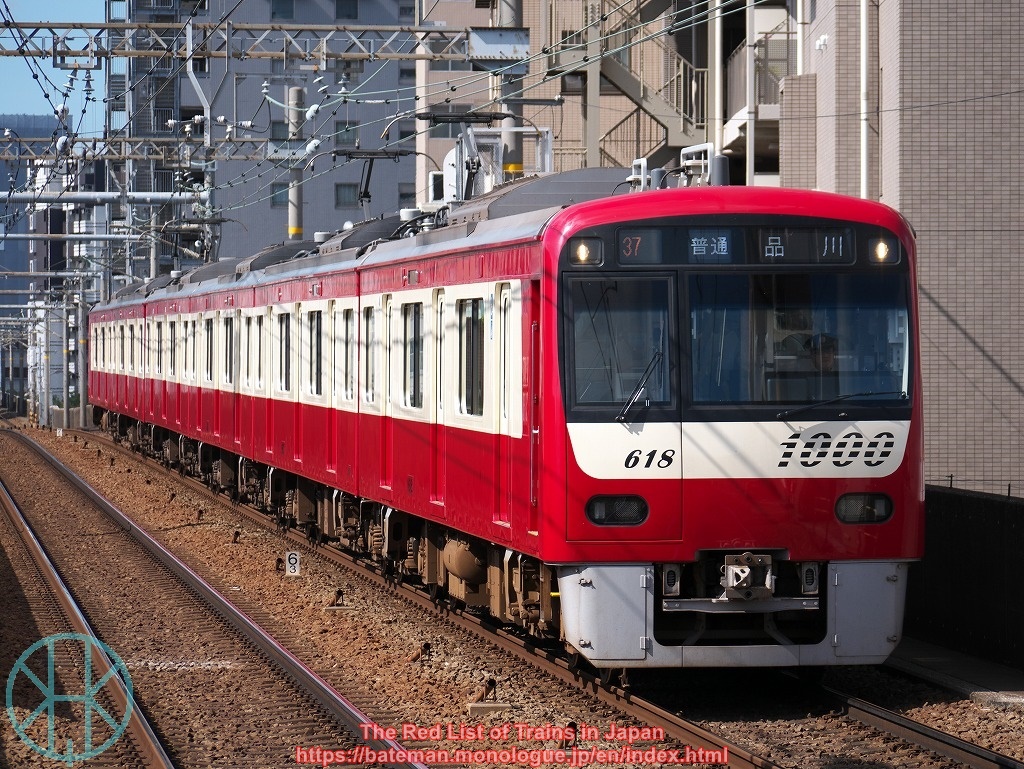In the end of May, a trainspotter divulged a photo capturing Keikyu's new train which is currently being built at Kawasaki Railcar Manufacturing factory in Kobe. The photo revealed that the number of new trainset would be "1501-1". Many railway enthusiasts have been confused by or accusing of this new number, as Keikyu already has 1500 series trains. The enthusiasts assert that the duplication of "1500" will surely be a problem. However, such duplication is not new in Keikyu's history.
General rules
 |
| Keikyu 1500 series |
Before looking into history, it should be noted that there is a restriction regarding train carriage numbers. Keikyu, Toei Asakusa, Keisei and Hokuso lines provide through-services, meaning that trains of these four companies run other companies' networks as well. Hence, certain numbers are allocated to each company as follows:
1000s and 2000s for Keikyu,
3000s for Keisei,
5000s for Toei (Tokyo Metropolitan Bureau of Transportation),
6000s are effectively used by Keikyu 600 series,
7000s for Hokuso,
8000s are used by Shin-Keisei (which has through-services only towards Keisei), and
9000s for Chiba New Town Railway (now effectively part of Hokuso).
No train operators use 4000s as 4 is often considered as representing death or to die in East Asian culture.
To sum up, all parties are restricted only to use numbers allowed. Thus, Keikyu can only use 1000s or 2000s for its train carriage numbers. In addition, Keikyu's internal rule provides that 1000s shall be used for trains compatible with through-services, while 2000s for those incompatible with underground tunnels.
Keikyu 1000s to 1900s
 |
| N1000 series |
The table below shows how carriage numbers of Keikyu trains (1000s to 1900s) have been allocated to.
| 1000s | 8-car N1000 series (1001-1192) |
|---|
| 1100s |
|---|
| 1200s | 8-car N1000 series (1201-1232) |
|---|
| 1300s | 6-car N1000 series (1301-1372) |
|---|
| 1400s | 4-car N1000 series (1401-1492) |
|---|
| 1500s | 1500 series motor cars (1501-1552, 1561-1596) |
|---|
| 1600s | 6-car N1000 series (1601-1672) |
|---|
| 1700s | 1500 series motor cars (1701-1736) |
|---|
| 1800s | 4-car N1000 series (1801-1812) |
|---|
| 1890s | N1000 series Le Ciel (1891-1895) |
|---|
| 1900s | 1500 series trailer cars (1901-1942) |
|---|
Due to the rule aforementioned, Keikyu does not have many option to deal with a "number shortage". This is why the company has to "reuse" the number 1500s.
Coexistence 1: 1500s
 |
| Unit 1501 of 1500 series |
Keikyu has been using trains called 1500 series since 1985. They are declining since 2021, but still 138 carriages are operational. Even so, nos. 1501 to 1520 are not in use as they have already been deregistered.
Meanwhile, a brand new N1000 series has been built by a manufacturer as mentioned earlier, and its numbers will be "1501-1, 1501-2…"
The unit 1501 of the 1500 series was deregistered on 14 March 2023. It is not clear when the unit 1501 of N1000 series will be delivered to mainline, but it is certain that the unit number "1501" will be reused just a few months after withdrawal of the predecessor.
Moreover, the 1500 series trains will be in service for a few more years, so two "1500 series" will coexist, though the newer one is classified as a subseries of the N1000 series.
Coexistence 2: 1000s
 |
| N1000 and 1000 series |
Such duplication is not new. In 2002-2011, there were two "1000 series". On the one hand, N1000 series entered into passenger service. On the other hand, old 1000 series was still operational. As 1000 series trains were replaced with N1000 series trains, carriage numbers were instantly reused. For example, nos. 1305 and 1306 of the 1000 series were deregistered on 30 June 2010, but two N1000 series carriages with the same numbers were registered on 15 April 2011.
In both cases (1500 and 1000), the actual carriage numbers per se did not coexist, otherwise it would have caused extreme confusion.
Reuse 1: 1600s
 |
| 1600 subseries of 1500 series / 1600 subseries of N1000 series |
Numbers 1601 to 1654 had been allocated to the 1500 series, but they were renumbered to 1561 to 1596 by 15 August 2016. On 7 November 2016, unit no. 1601 of the N1000 series was delivered. Two 1600s did not coexist, but reborn in less than three months. Why such renumbering and reuse took place?
The 1600 subseries was introduced in 1989-91 and all units were initially formed of six or eight coaches while the original 1500 series trains were formed of four, but all 1600s were rearranged to six by 2010. Most 1500 series units were rearranged of six coaches by 2010 as well. Hence, there was no need to distinguish these two groups so that Keikyu decided to merge 1600 subseries into 1500s. The renumbering was carried out in 2013-16.
Reuse 2: 600s
.jpg) |
| 600 series (III) / 600 series (II) |
There were three "600 series" in Keikyu's history. The current 600 series, which is the third and the newest one, has been in service since 1994. Despite the first unit is nearly 30 years old, it is still operational and widely used across the network including through-services to Toei Asakusa, Keisei and Hokuso lines as far as Narita Airport.
The second 600 series was introduced in 1956-58. It had transverse seating with two sets of doors per carriage, and it was designed for limited express services transporting tourists to beaches. All units were withdrawn by 31 March 1986, but the current 600 series was registered on 1 March 1994, so the numbers were reused in about eight years.
The first 600 series, which looked very similar to the second one but had three sets of doors per carriage, was introduced in 1953-54 and 1957-58. The first 600 series was designed as a commuter train amid surge in demand after the Second World War. All carriages were renumbered to 400 series on 19 October 1965. The 400 series remained operational until 1986.
Does not it mean that two 600 series (the first and second ones) coexisted in the 1950s and 60s? The history of Keikyu is not that simple, as explained below.
Reuse 3: 700s
 |
| 700 series (II) |
The second 600 series was called 700 and 730 series at the time of introduction. These two series were built by two different companies, but they looked almost the same. All 700 and 730 series trains were renumbered to 600 series (II) on 19 April 1966, half a year after the 600 series (I) was renumbered to 400 series.
On 27 June 1967, another 700 series was delivered. The second 700 series had longitudinal seating with four sets of doors per carriage, as it was designed for commuter trains rather than long-distance fast services. The 700 series (II) retired in 2005.
Reuse 4: 800s
 |
| 800 series (II) |
Finally, it is not well known that there were two 800 series in the past. Most people remember 800 series (II), which had four sets of doors per carriage and was in service from 1978 to 2019.
In addition, there was another 800 series. The first 800 series was introduced in 1958, and there were two two-carriage units. Today, they are regarded as prototype units of 1000 series, and both of them were renumbered to 1000 series on 19 October 1965. All four carriages were deregistered on 31 January 1988, but surprisingly, all of them are still operational as DeTo wagons.
Conclusion
 |
| Click for a larger image |
As described above, duplication and reuse of train numbers are not uncommon in Keikyu's history. All of those cases could have led to troubles, but staffs and enthusiasts have managed them. Hence, the new 1500 subseries is not a matter of concern.
The history implies that the 1500 subseries will not be the last case. As old 1500 series trains are gradually withdrawn, the vacant numbers are highly likely to be reused further, such as 1700s.


















.jpg)

































